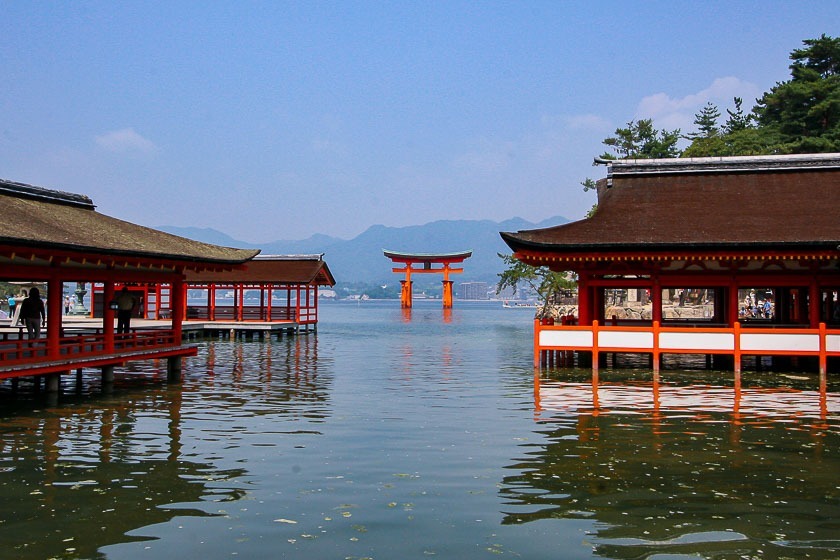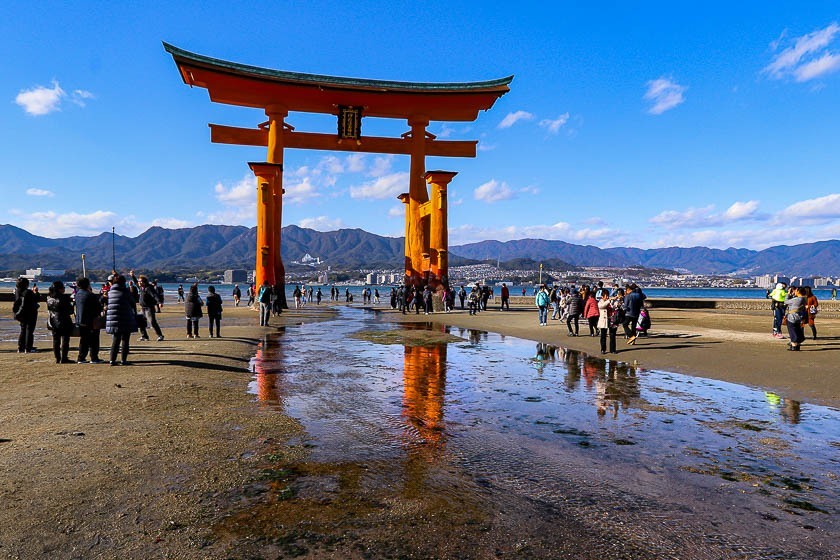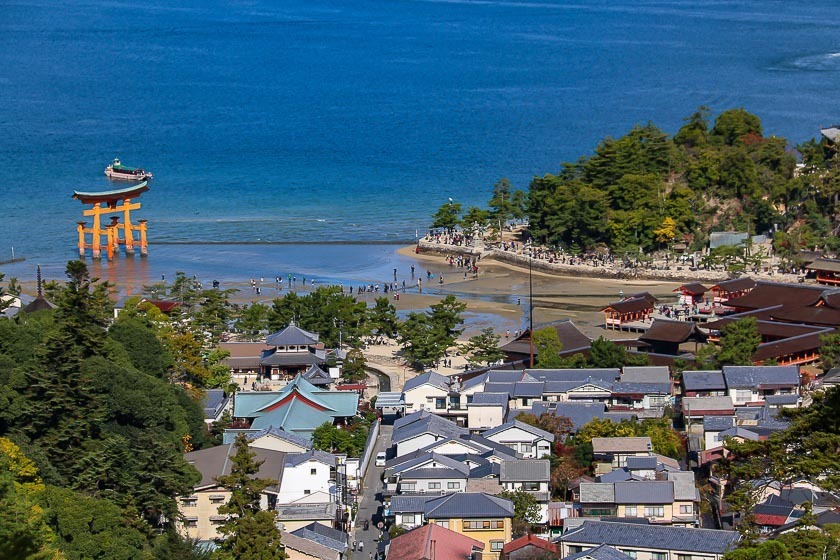Celebrated scenic views

There is no lack of scenic, picturesque places in Japan, but the following three spots have been noted for their natural beauty since the early Edo Period (1603-1868). Offering views of the different seas and oceans that surround Japan, the spectacular scenery at these spots still inspires and wows visitors centuries later.
Matsushima
Facing the Pacific Ocean, Matsushima is a seaside town located about 30 minutes from Sendai in the Tohoku Region. There are about 200 small islands, which are covered with pine trees, in the enclosed Matsushima Bay, and this view of the bay has been praised for its beauty. Matsushima is also famous for its seafood like asari clams, anago saltwater conger eel and oysters. The best way to enjoy Matsushima Bay is by sightseeing cruise as well as visiting some of islands.


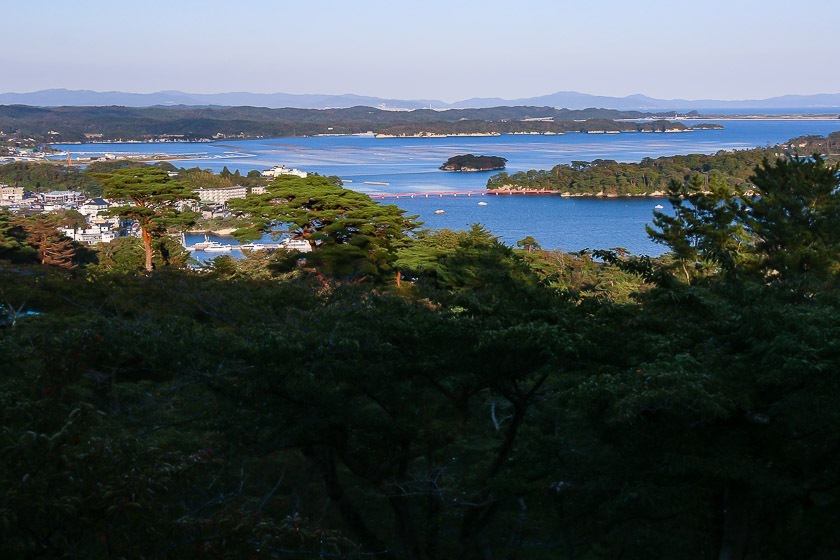
Amanohashidate
Amanohashidate is an approximately 3.6 kilometer long sandbar in northern Kyoto Prefecture facing the Sea of Japan. Formed by sand and silt deposits approximately a few millennia ago, the sandbar is now home to about 5000-8000 pine trees.
There are several legends relating to the origins of the name Amanohashidate, which literally translates to bridge to heaven, and all of them link back to the Japanese creation mythology. One of the legends refers the sandbar to the toppled bridge that the gods used to connect heaven and earth, while another mention the sandbar to be the separation between heaven and the seas. Either way, these legends have continued today, and in turn, influenced the way people view Amanohashidate.
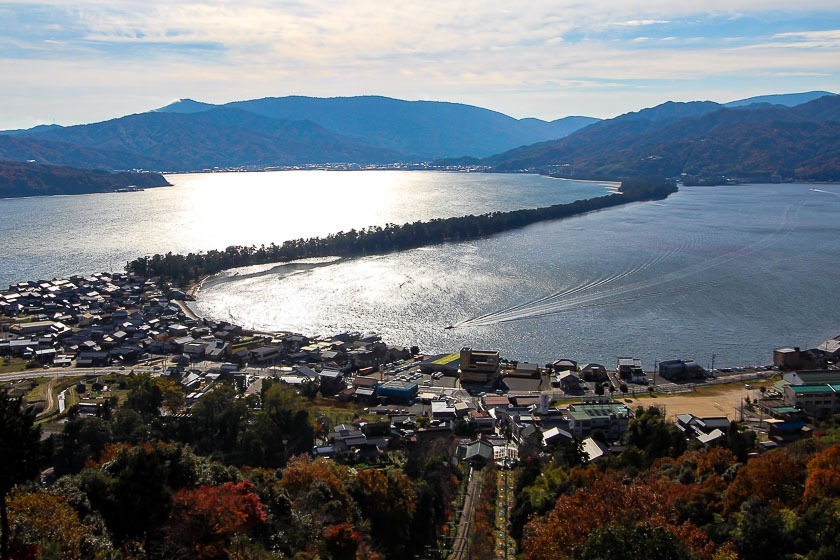
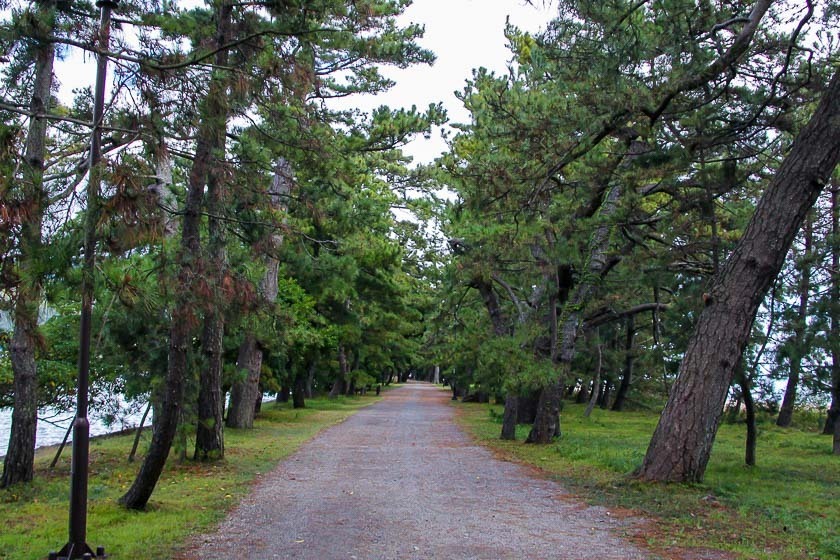

Miyajima
Miyajima's giant torii gate floating in the Seto Inland Sea is one of the most iconic and recognizable views of Japan, and one of the top three scenic views in Japan. The torii gate is part of the centuries-old Itsukushima Shrine, which is a designated UNESCO World Heritage site. When the tide is low, visitors can walk to the base of the torii and be dwarfed under the massive structure.
